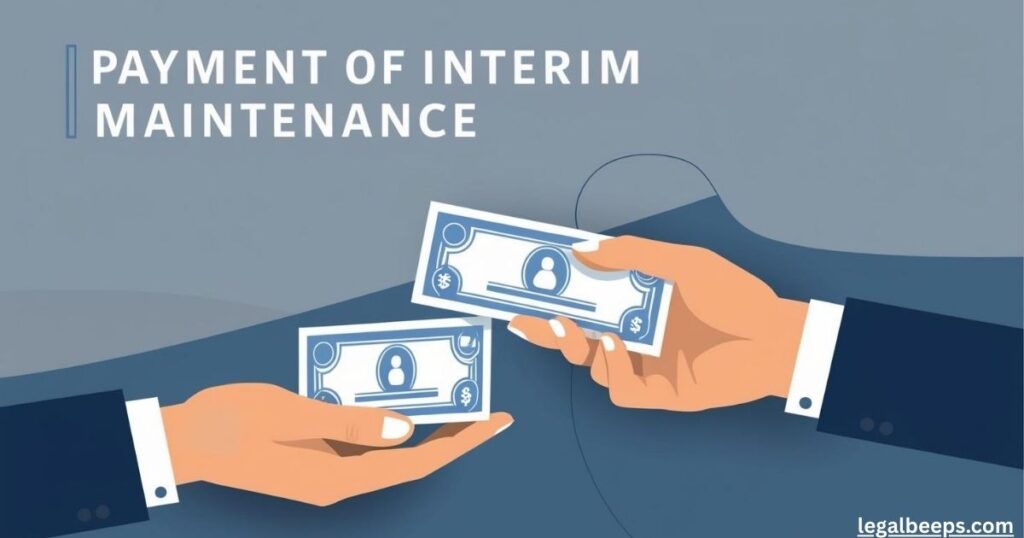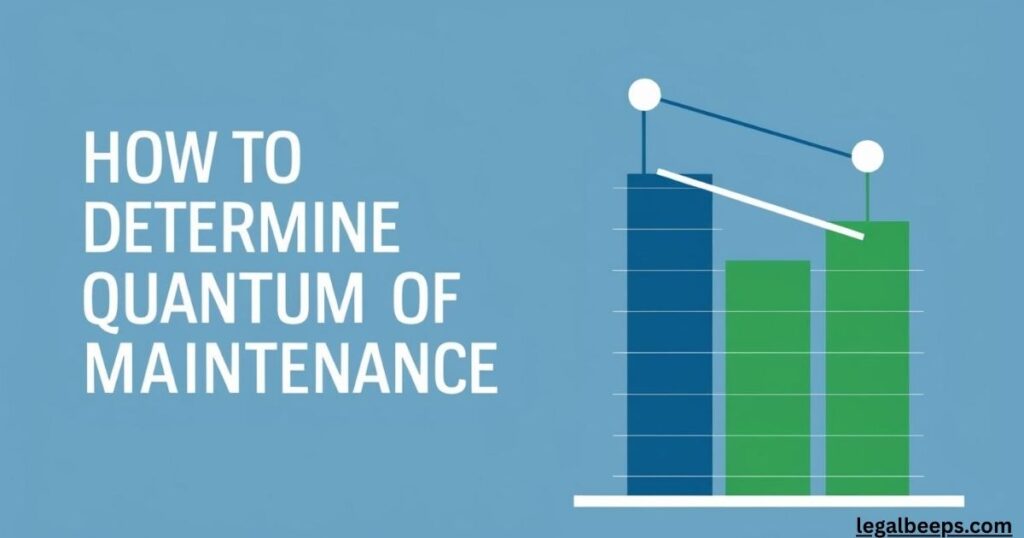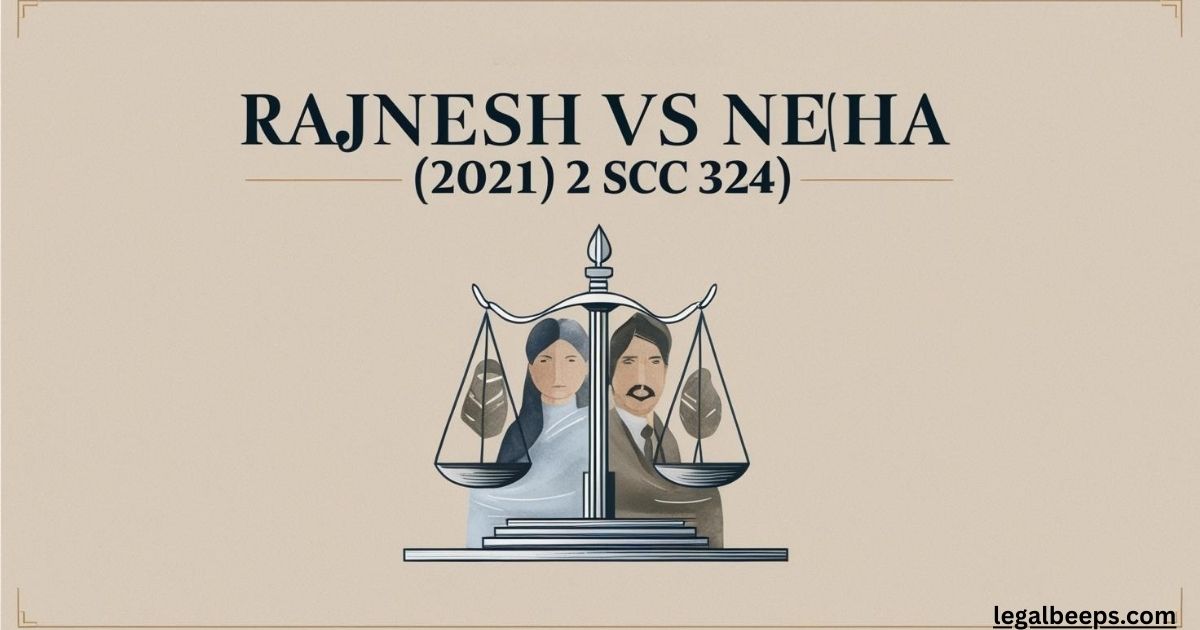Rajnesh vs Neha changed how Indian courts look at maintenance law. This landmark judgment from the Supreme Court of India gave strong protection to wives and children. In Rajnesh vs Neha, the court made it clear,no more delays, no more hidden income, no more unfair treatment.The case focused on interim maintenance, permanent maintenance, and arrears of maintenance. It set strict maintenance guidelines for all courts, including Family Courts, Magistrates, and High Courts.
Rajnesh vs Neha made full financial disclosure a must for fair decisions. It also explained how to fix the quantum of maintenance. Thanks to Rajnesh vs Neha, the rights of the dependent spouse and children are now better protected. It pushed for legal uniformity and stopped tricks like income concealment. Today, courts across India use Rajnesh vs Neha to ensure fair living expenses and faster justice. This case isn’t just legal history, it’s a shift toward social justice.
FACTS OF THE CASE
Respondent No.1, the wife, left the matrimonial home in January 2013 after the birth of her son. On 2nd September 2013, she filed an application for interim maintenance under Section 125 CrPC, seeking support for herself and her minor child. She claimed the husband had neglected their financial needs.
The Family Court passed an order granting interim maintenance. It awarded Rs 15,000 per month to the wife starting from 1st September 2013. For the minor son, it granted Rs 5,000 per month from 1st September 2013 to 31st August 2015, and Rs 10,000 per month starting from 1st September 2015.
The husband challenged this order in the Bombay High Court, which later upheld the decision. The matter then reached the Supreme Court of India in the case Rajnesh vs Neha. The Apex Court addressed issues like maintenance pendente lite, financial disclosure, and the quantum of maintenance, shaping future maintenance guidelines in family law.
ISSUE OF OVERLAPPING JURISDICTION
In Rajnesh vs Neha, the wife, Respondent No.1, left the matrimonial home in January 2013 shortly after giving birth to a son. She claimed the husband had failed to provide financial support and had neglected his marital responsibilities. Due to this, she moved out and started living separately with her child.
On 2nd September 2013, the wife filed an application for interim maintenance under Section 125 of the CrPC before the Family Court. She sought maintenance for herself and their minor son. In response, the court granted Rs 15,000 per month to the wife from 1st September 2013. For the child, it awarded Rs 5,000 per month from 1st September 2013 to 31st August 2015, and Rs 10,000 per month from 1st September 2015 onwards.
The husband challenged the interim maintenance order before the Bombay High Court, alleging that the amount was excessive. However, the High Court dismissed his plea. Still aggrieved, the husband approached the Supreme Court of India, and the matter was taken up as Rajnesh vs Neha.
The Supreme Court, while deciding Rajnesh vs Neha, took note of the rising number of similar disputes across India. It issued detailed maintenance guidelines, addressed the need for legal uniformity, and stressed the importance of timely relief. The case became a landmark judgment that significantly impacted maintenance law, especially in cases involving dependent children, unmarried daughters, and spouses left in financial distress.
PAYMENT OF INTERIM MAINTENANCE

(a) His wife, who is unable to maintain herself due to illness, lack of employment, or other reasonable circumstances.
(b) His minor child (legitimate or illegitimate), whether married or unmarried, who is unable to support itself due to health conditions or lack of resources.
(c) His adult child (legitimate or illegitimate) who, by reason of any physical or mental incapacity or injury, is unable to maintain himself or herself.
(d) His father or mother, unable to provide for themselves due to age, health, or any other legitimate reason,a Magistrate of the first class may, upon evidence of neglect or refusal to maintain, issue an order requiring the person to pay interim maintenance to the wife, child, father, or mother, at such rate deemed appropriate by the Magistrate.
(e) The amount of interim maintenance shall be decided in accordance with the financial needs and the living standards of the dependent person, ensuring that the basic needs of food, clothing, and shelter are met, and healthcare is considered if necessary.
(f) The Magistrate, while determining the interim maintenance, may also consider whether the person liable to pay has a steady income or any alternative sources of wealth that may enable them to contribute to the maintenance.
(g) If the person liable for payment of maintenance fails to make the payment as directed, the Magistrate may consider imposing penalties or legal measures, including issuing an arrest warrant or freezing assets, to ensure that the dependent is provided for.
(h) Where the dependent person is receiving maintenance from other sources, including their own income or from relatives, the Magistrate may adjust the amount of interim maintenance accordingly to prevent any undue financial burden on the person liable.
(i) In cases where the person seeking interim maintenance is living in a different locality or jurisdiction, the Magistrate may allow the payment to be made in installments or to be sent through reliable financial intermediaries such as banks or postal services.
Explanation. – For the purposes of this Chapter –
(a) “Minor” refers to a person who, as per the provisions of the Indian Majority Act, 1875 (9 of 1875), has not yet attained the legal age of majority and is thus considered underage in matters of legal responsibility and decision-making.
(b) “Wife” includes a woman who has been legally divorced by her husband or has obtained a divorce from her husband and has not remarried, thereby entitling her to maintenance rights as defined in relevant laws.
(c) “Maintenance” means the financial support required for the upkeep of a person who is unable to maintain themselves, including the provision of food, shelter, clothing, and healthcare, if necessary. It can be awarded to the spouse, children, or elderly parents, depending on their inability to support themselves.
(d) “Interim Maintenance” refers to the temporary financial support that is provided during the ongoing proceedings of a legal matter, ensuring that the dependent person is supported until a final order regarding permanent maintenance is made.
(e) “Magistrate” refers to a judicial authority empowered to hear cases regarding the maintenance of dependents, and who is responsible for making orders related to the payment of maintenance or interim maintenance, as well as handling non-compliance with such orders.
(f) “Non-compliance” refers to a situation where the person ordered to provide maintenance or interim maintenance fails to do so without a justifiable reason. This failure can result in enforcement actions, including legal penalties or imprisonment.
(g) “Allowance” refers to a fixed sum of money regularly paid for the support of a dependent, which is determined by the Magistrate based on the financial needs of the dependent and the ability of the person liable to pay.
(h) “Enforcement of Maintenance Orders” refers to the legal procedures used to ensure that a person complies with an order to pay maintenance. This can involve issuing warrants for the seizure of property or other measures to recover the due amount.
(i) “Imprisonment for Default” refers to the penalty that may be imposed on a person who fails to comply with a maintenance order without sufficient cause, where the Magistrate may sentence them to imprisonment for a term not exceeding one month or until the amount due is paid.
(j) “Application for Maintenance” refers to the legal request made to the Magistrate to seek an order for the payment of maintenance or interim maintenance. The application may include claims for expenses incurred during the legal proceedings.
(k) “Refusal to Live” refers to a situation where the wife, after an offer by her husband to maintain her, refuses to live with him. In such cases, the Magistrate may consider her grounds for refusal and may still issue a maintenance order if justified.
(l) “Time Limit for Recovery” refers to the period within which an application for the recovery of maintenance arrears must be made to the Court. No warrant for recovery shall be issued unless the application is made within one year from the date the amount became due.
(m) “Grounds for Refusal” means the justifiable reasons a wife may present for refusing to live with her husband after an offer of maintenance has been made. The Magistrate is required to evaluate these grounds before making any further orders for maintenance.
Husband’s Marriage or Mistress Justifies Wife’s Refusal to Live with Him
In situations where a husband enters into a second marriage or maintains a mistress, the wife may feel compelled to refuse to live with him. Such actions by the husband can undermine the sanctity of the marital relationship and create an atmosphere of distrust and emotional distress for the wife. In many cases, this behavior is seen as a breach of the marital commitment, which can justify her refusal to continue cohabitating with him.
A wife’s refusal to live with her husband under such circumstances is not merely a matter of personal preference but can be seen as a legitimate response to the husband’s actions. The presence of a mistress or a second marriage may lead to the emotional and psychological harm of the wife, making it unreasonable for her to continue living with him. This is particularly true when the husband’s actions involve deceit, betrayal, or abandonment.
The Magistrate, in such cases, is tasked with evaluating the circumstances and determining whether the wife’s refusal is justifiable. If the wife presents valid grounds for her refusal, such as emotional trauma or the breakdown of trust caused by the husband’s actions, the Magistrate may still order maintenance to be provided, despite the wife’s refusal to live with him. The refusal is therefore not seen as an act of desertion but a protective measure against the husband’s conduct.
HOW TO DETERMINE QUANTUM OF MAINTENANCE

The quantum of maintenance is primarily determined by the financial capacity of the person who is required to pay. This involves evaluating their income, assets, and liabilities, as well as their overall financial health. The court assesses not only the person’s earnings from various sources, such as employment or business, but also their lifestyle and standard of living. It ensures that the maintenance amount is reasonable, considering the person’s ability to pay without causing undue financial strain.
Another important consideration is the needs of the dependent person, who could be a spouse, child, or parent. The court evaluates their basic living expenses, including food, shelter, clothing, and medical needs. If there are children involved, their educational expenses and any special requirements are also factored in. The court may also consider the standard of living the dependent was accustomed to during the marriage or relationship, ensuring that the maintenance amount helps maintain a similar quality of life.
Lastly, the court considers the dependent’s ability to support themselves. If the dependent person has the capacity to earn, this may reduce the maintenance amount. However, factors such as age, health, and caregiving responsibilities can influence this assessment. The court strives to strike a balance between ensuring the dependent receives sufficient support while being fair to the person liable to pay maintenance, taking into account all relevant circumstances.
DATE FOR MAINTENANCE AWARD
The date for maintenance award is determined by the court based on the facts and circumstances of the case. Generally, the maintenance amount can be awarded from the date of the order or from the date of the application for maintenance.
If the court orders the maintenance to be payable from the date of the order, then the dependent person will begin receiving maintenance from that day forward. However, in certain situations, if the court finds it appropriate, it may direct that the maintenance be awarded from the date the application for maintenance was filed, ensuring that the dependent person receives support retroactively for the period in which the application was pending.
Ultimately, the court has discretion to set the date based on the specifics of the case, such as when the application was filed, the circumstances surrounding the separation, and any interim measures taken during the legal process. The goal is to ensure that the dependent person is not left without necessary support during the proceedings.
Read Also: Divorce Notice: Understanding Section 9 of the Hindu Marriage Act
ENFORCEMENT OF MAINTENANCE ORDERS
Enforcement of maintenance orders refers to the legal steps taken to ensure that a person who has been ordered to pay maintenance complies with the court’s directive. If the person fails to pay the maintenance amount as ordered by the court, several legal actions can be pursued to enforce the order and recover the amount due.
One of the primary methods of enforcement is through the issuance of a warrant of attachment. This allows the court to seize the person’s property or assets, such as bank accounts or movable property, to recover the maintenance amount. The amount due can also be recovered through salary deductions, where the employer is directed to deduct a portion of the person’s wages and directly deposit it with the court for the benefit of the dependent.
In summary, enforcement of maintenance orders involves a range of legal mechanisms, including property attachment, wage deductions, imprisonment, and fines, all aimed at ensuring the person ordered to pay maintenance complies with the court’s decision. The objective is to provide timely and adequate support to the dependent person and prevent any financial harm caused by non-payment.
FAQ’s
What was the outcome of the Rajnesh vs Neha case?
The outcome of the Rajnesh vs Neha case led to clarity in determining interim maintenance for spouses. It set a precedent for future legal proceedings related to maintenance.
What role did the standard of living play in Rajnesh vs Neha?
The standard of living was considered crucial in Rajnesh vs Neha. The court ensured that the dependent person maintained a similar lifestyle after separation, aiming for fairness.
How did the court determine the maintenance amount in Rajnesh vs Neha?
The maintenance amount in Rajnesh vs Neha was based on the paying party’s ability to provide and the recipient’s basic needs, with attention to children’s welfare and health.
Was interim maintenance granted in Rajnesh vs Neha?
Yes, interim maintenance was granted in Rajnesh vs Neha to support the wife and children during the legal proceedings. The court made provisions for immediate financial support.
How does Rajnesh vs Neha influence similar legal cases?
Rajnesh vs Neha serves as a landmark case in India, offering guidelines on how maintenance should be calculated in divorce and family disputes. It ensures better judicial consistency.
CONCLUSION
The Rajnesh vs Neha case has had a significant impact on maintenance laws in India. The judgment clarified how maintenance should be determined in divorce cases. Rajnesh vs Neha highlighted the importance of considering both the paying party’s financial capacity and the needs of the dependent. The decision ensured that the dependent person’s standard of living is maintained post-separation.
This case set an important precedent for future family law cases, ensuring fairness and consistency. Rajnesh vs Neha made it clear that interim maintenance should be given to provide immediate financial support. The ruling also emphasized that the court should consider all factors, including income, assets, and lifestyle, while determining maintenance. Rajnesh vs Neha remains a vital reference for similar cases, ensuring that maintenance decisions are just and reasonable. The case has paved the way for more balanced legal outcomes in divorce and maintenance matters.

